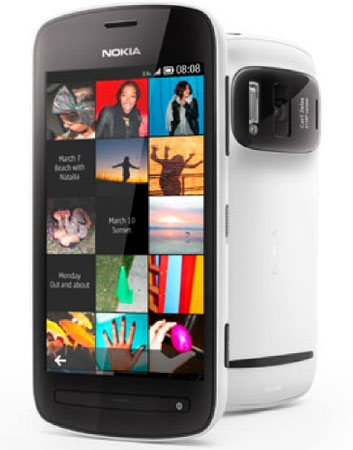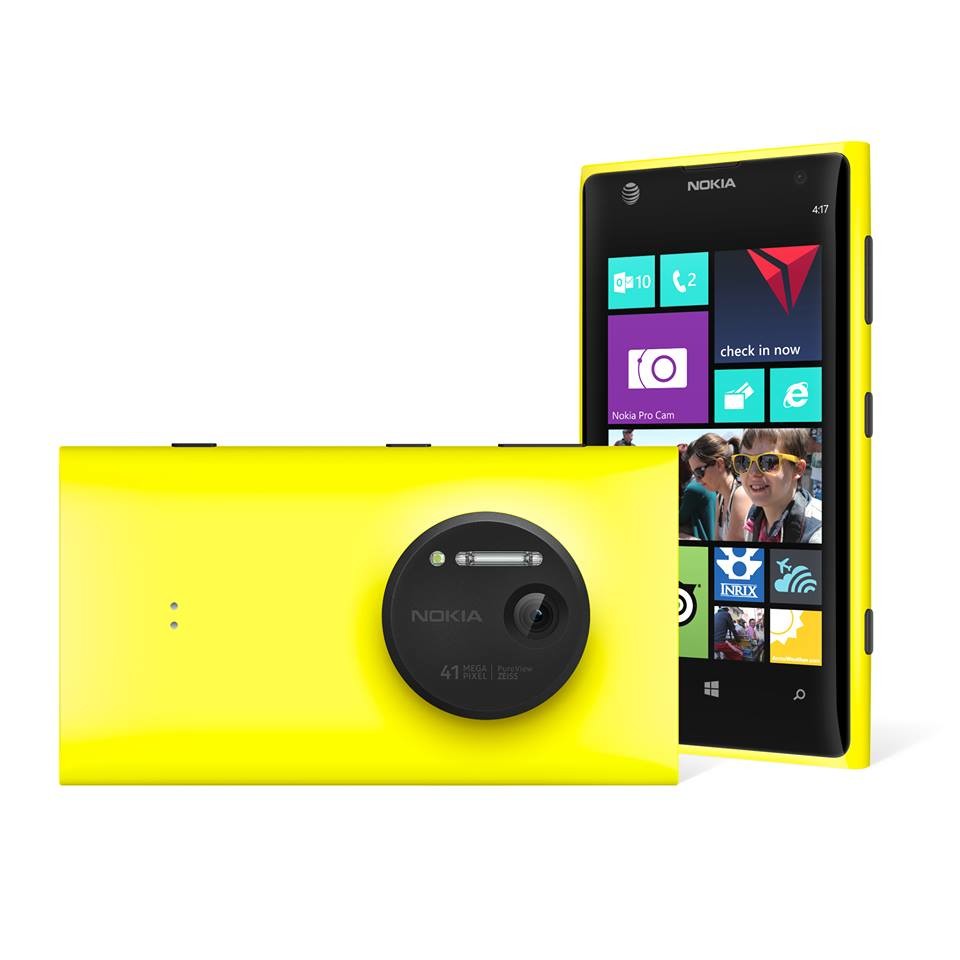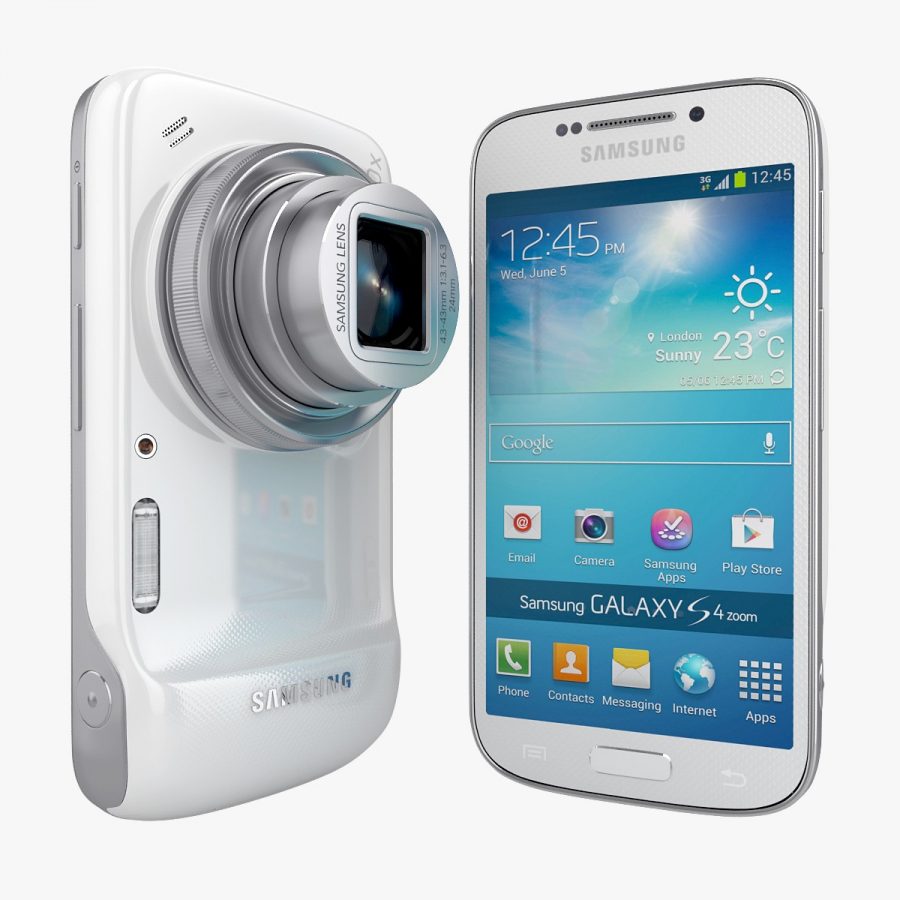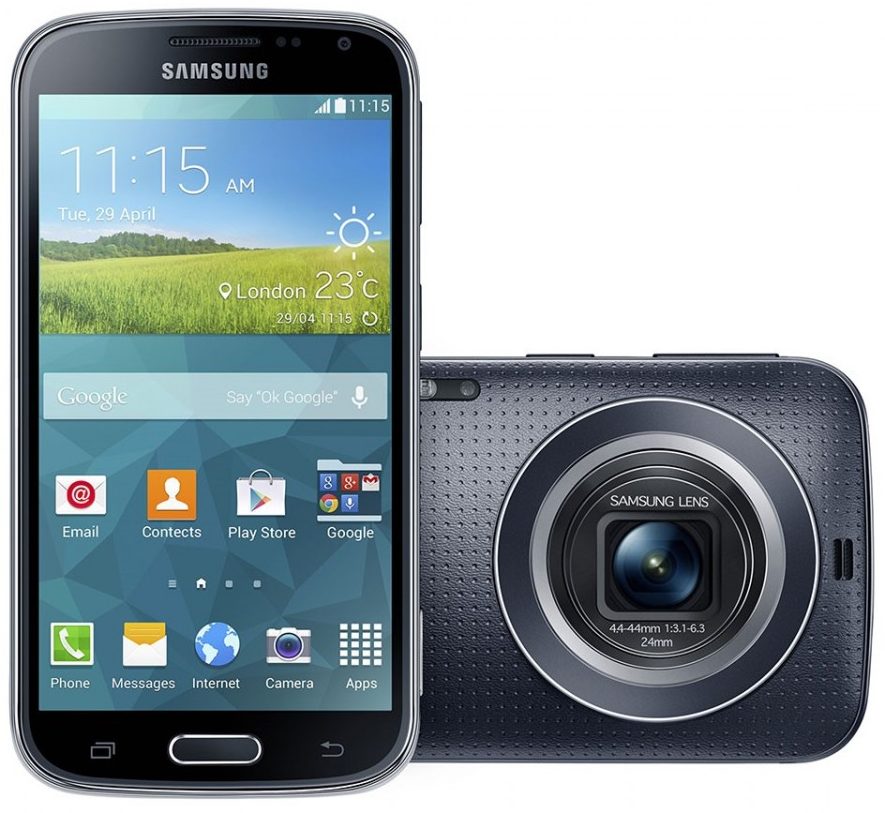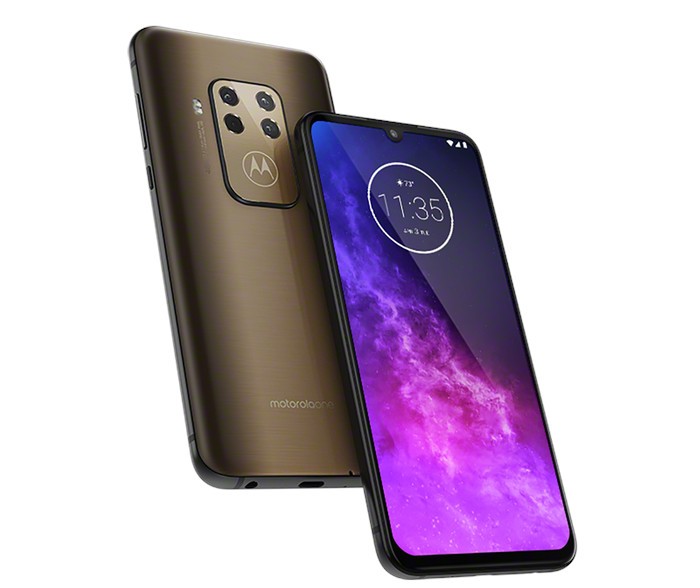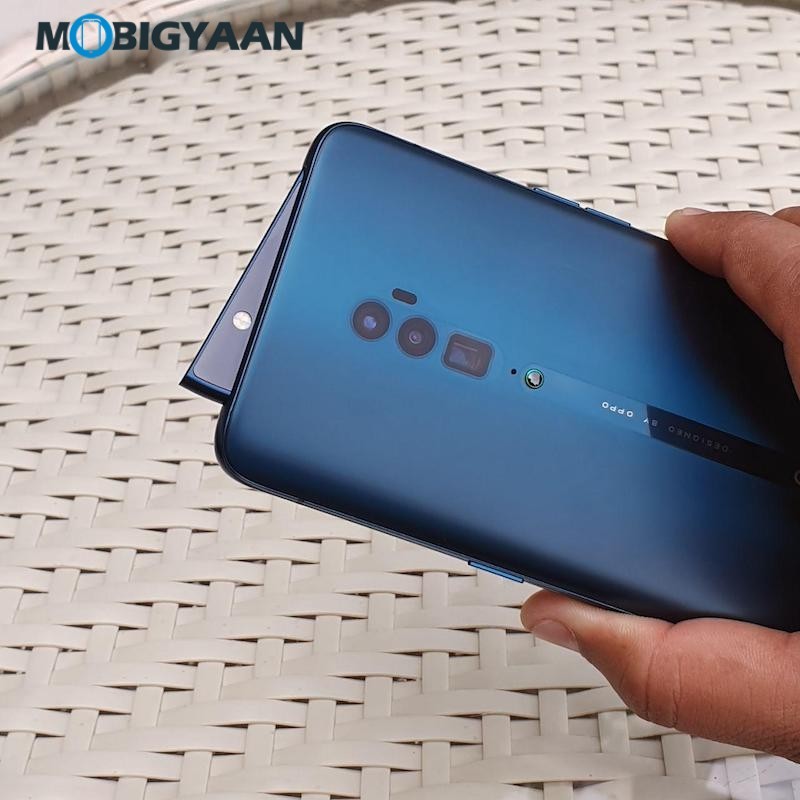Since past few years, smartphone industry has made a tremendous growth in terms of technology. One aspect of the devices that seems to have made most progress is the camera department — from megapixel count to technology to features.
With each new iteration, smartphone makers are trying to add feature to the camera department to bring it more closer to the DSLR experience. One of the aspect of the camera that’s making round these day with the premium flagship smartphones is the Zoom feature.
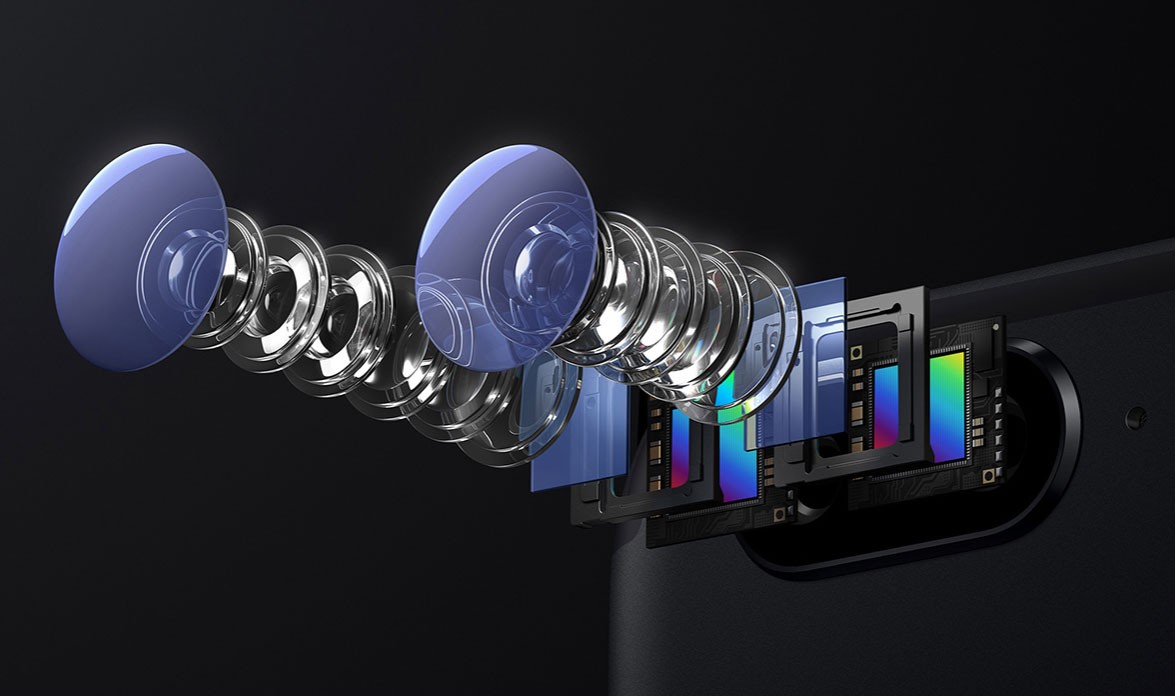
Smartphone cameras nowadays come with hybrid zoom feature, apart from the digital zoom and optical zoom. The hybrid zoom uses optical and digital zooming capabilities along with software to enhance zooming more than what the physical lens is capable of.
Thanks to the modern technology, flagship smartphones now feature triple-camera, quad-camera and even penta-camera setup, allowing companies to include periscope and telephoto lens to offer powerful zoom features such as 10x optical zoom, 20x hybrid zoom and 100x digital zoom.
Notable Smartphones
The first notable smartphone with impressive camera features came from Nokia in the form of Nokia 808 PureView in 2012. It featured a 41-megapixel sensor offering 4x lossless digital zoom. Then the company launched Nokia Lumia 1020, offering a 41-megapixel resolution but the photos resolve to 5-megapixel by default but the full resolution can be pulled manually through a computer.
Another notable smartphone was Samsung Galaxy S4 Zoom with a 16-megapixel camera sensor and 10x optical zoom support. But the users had to make compromise with the design as the phone looked more like a camera and was bulkier. The smartphone was then followed by Samsung Galaxy K Zoom that offered 20.7-megapixel sensor with 10x optical zoom.
A year later, ASUS launched its ASUS Zenfone Zoom smartphone with 13-megapixel camera sensor having periscope telephoto zoom that supported 3x optical zoom. Another similar smartphone from ASUS camera in 2017 as ASUS Zenfone 3 Zoom with two 12-megapixel camera sensors which offered 2.3x optical zoom feature.
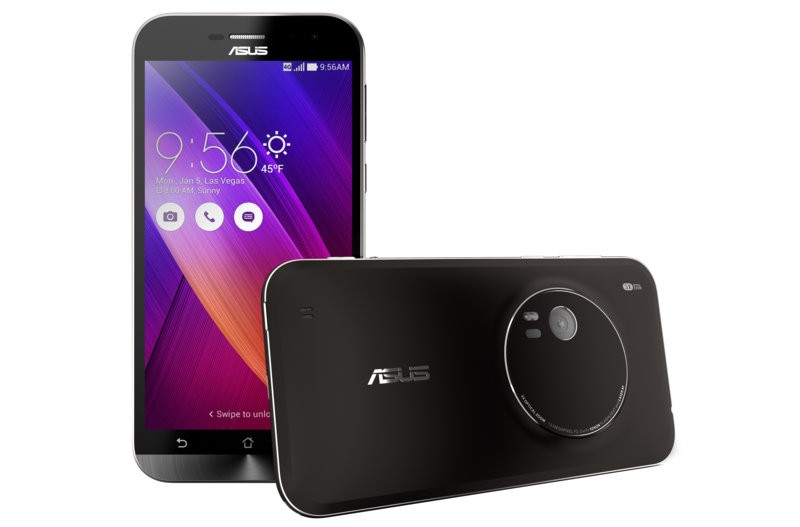
Last year, in April, OPPO unveiled its OPPO Reno 10X Zoom with triple-camera setup having a wide-angle lens, periscope telephoto lens, and an ultra-wide lens, which offers 5x optical zoom and 10x hybrid zoom. A few months later, Motorola launched its Motorola One Zoom with a quad-camera setup and 3x optical zoom support.
Huawei also launched its Mate 20 series with impressive camera features and then the Huawei P30 Pro in March 2019, offering quad-camera setup on the back with 5x optical zoom support with its periscope telephoto lens. This year, the company launched Huawei P40 Pro+ that has five cameras on the back, including a telephoto lens with 3x optical zoom and a periscope telephoto lens, 10x optical zoom and offers 100x digital zoom.
It comes with several new features, such as the new Golden Snap feature that chooses the best photo out of a burst, automatically removes random people from the background and fixes reflections. Notably, the race to offer the best and the maximum zoom got heated up after a series of devices launched by Huawei in the recent past.
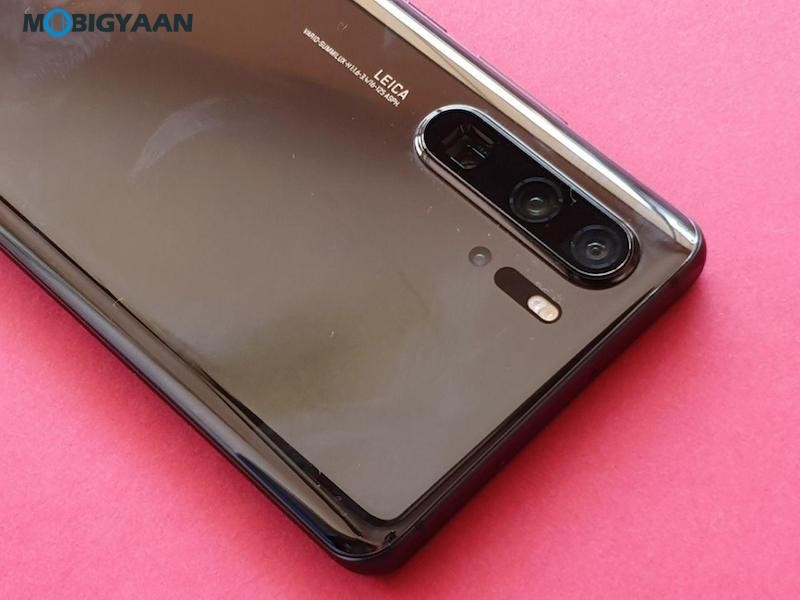
Xiaomi also followed the suit this year with the launch of Redmi K30 Pro Zoom with 3x optical zoom telephoto lens. Its rival Realme is also gearing up to launch Realme X3 SuperZoom but it remains to be seen what the company offers in this one.
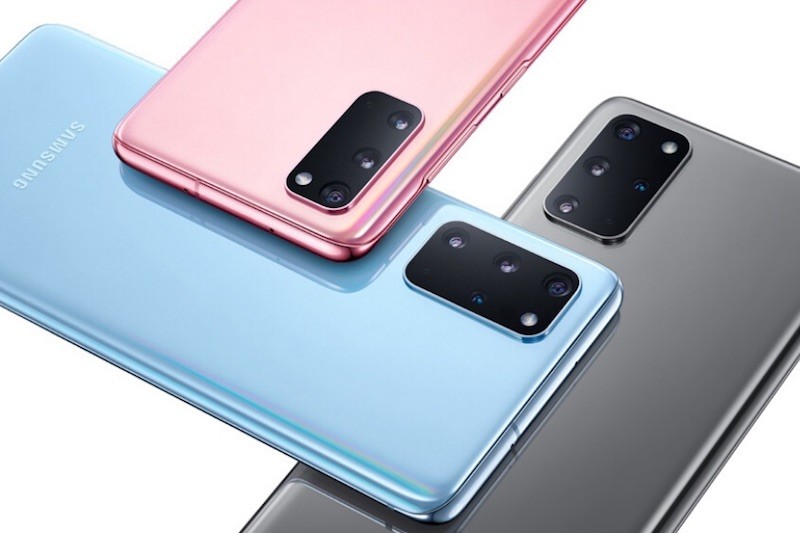
Samsung was among the first brands to offer an innovative camera technology in its smartphone and the company continues to do so. Its recently launched Samsung Galaxy S20 Ultra offers Super Resolution Zoom up to 100x and Hybrid Optic Zoom 10x. It uses a clever periscopic system that holds the lens vertically inside the phone’s body and then uses refraction to bend incoming light.
Digital Zoom
Digital zoom aims to offer similar effect to optical zoom that too without mechanical work or glass elements. It cuts off areas around your scene to make it seem like you are closer to the subject while the remaining part of the focused part of the image is enlarged using algorithms.
But the digital zoom is not lossless and thus some information from the scene is discarded in the process to enlarge the focused part. The algorithms will add pixels in order to preserve detail in the magnified image, but the process is not yet perfect.
Optical Zoom
The optical zoom offers the best results and is the best type of image magnification and the photo is enlarged by manipulating rays of light coming from the scene and it offers lossless results. This optical zoom is achieved by using a series of lens elements.
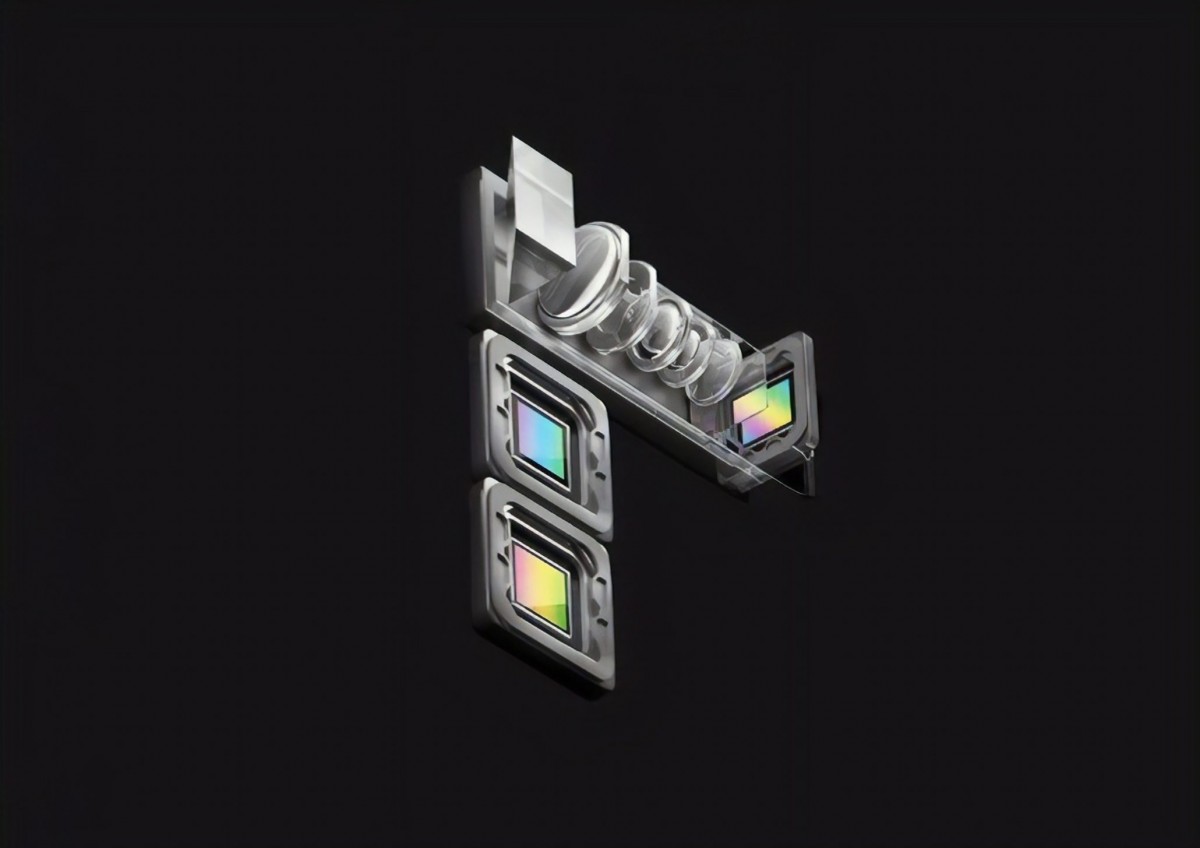
Hybrid Zoom
This is a fairly new concept that takes advantage of both optical zoom and digital zoom and uses software to get improved results when zooming in further than the lens’s physical capabilities. It uses software enhancements and computational photography to create a better image from multiple photos.
For instance, Huawei’s flagship offering features Periscope SuperSensing Zoom that is possible through a periscope lens with 5X optical telephoto camera, offering 5x optical zoom and 50x digital zoom. The company’s offering also includes SuperZoom Array, Ultra-Wide Cine Camera, and Directional Audio Zoom.
Periscope Zoom
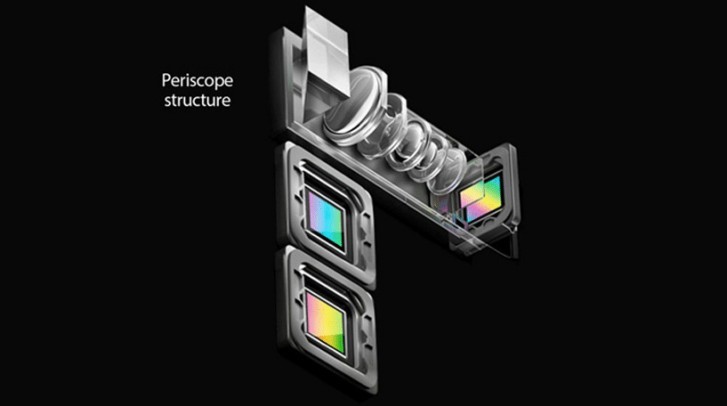
In general, periscope zoom technology uses a prism or mirror to refract light onto the lens sensor for magnification purposes. The lenses used are compact and are small enough to fit into the normal lens enclosure without taking too much space. The technology is set to evolve in the future and even Apple is expected to this setup for its upcoming iPhones.
With evolution in zooming technology, it is now possible for photographers to capture amazing nature, wildlife and other scenes. The evolving camera technology enables users to take amazing photos, even during day or night with the awesome work some companies are doing for low-light photography.

